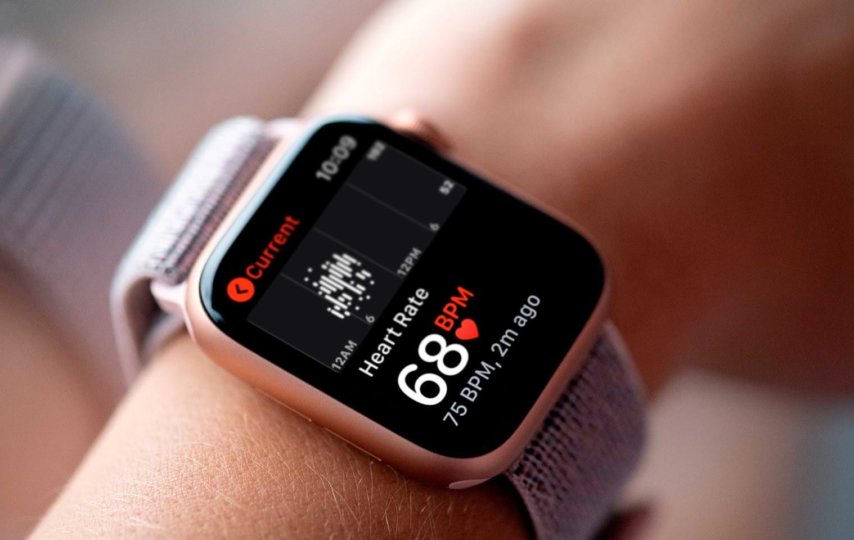Do you know that the Blood Oxygen app in Apple Watch Series 6 allows you to measure your blood oxygen level? This small device secured around your wrist with one of the finest leather watch bands in Australia can tell a lot about your health. Let’s get back to monitoring heart rate with an Apple Watch.
For this, you need to know how to wear your apple watch properly to get accurate heart rate readings. You can use the Heart Rate app to monitor your heart rate. When you launch this app, the watch’s heart rate sensor measures your heart rate. In addition to this, your apple watch can also tell you about your breathing, walking, resting, workout and recovery rates.
If you want quick access to the Heart Rate app, you can add it to the dock. Adding the Heart Rate complication to watch face is also an option. If you enable heart rate notifications, the watch will notify you if your heart rate goes below or above your chosen beats per minute. Your Apple Watch also checks for irregular heart rhythm. Resting and walking rates and heart rate notification features are available in series 1 or later. The irregular rhythm notifications feature is available with WatchOS 5.1.2 or later. Irregular rhythm notifications feature is not available in some countries.
When Does the Watch Measure Heart Rate
The watch measures your heart rate after you launch the Workout app. It takes heart rate readings continuously during your workout. It also measures your workout recovery rate for 3 minutes after your workout.
The watch collects heart rate and other information to estimate the number of calories you burn during your workout. It measures your heart rate periodically when you are walking and throughout the day when you are physically inactive. As the watch records data according to your levels of activity, the time between these measurements varies. When sufficient information is available, an Apple Watch correlates the accelerometer data and heart rate readings to calculate walking average and resting rate. Some anomalies may occasionally result in abnormally low or high heart rate measurements.
How Does an Apple Watch Measure Heart Rate
The watch uses an optical heart sensor which uses an optical technique, called photoplethysmography. Blood absorbs green light and reflects red light. The watch has pairs of LED lights and light‑sensitive photodiodes to measure blood flow through the wrist when the heart beats. Green light absorption is greater when the heart beats and less between beats. The watch flashes LED lights hundreds of times in a second to calculate heart beats per minute. The sensor supports 30-210 beats per minute. It also increases the sampling rate and LED brightness to compensate for low levels of signal. The heart sensor also uses infrared light. The Apple Watch uses this mode to measure heart rate in the background. It is also used for heart rate notifications.
The series 4, 5 and 6 come with built-in electrodes in the back and Digital Crown of the watch. When used with the ECG app or Heart Rate app, it measures electrical signals across the heart. Placing a finger on the Digital Crown creates a closed circuit between both arms and heart. The watch captures the electrical pulses across the chest.
Launch the heart rate app and place a finger on your watch’s Digital Crown to measure your heart rate. High fidelity provides you with a faster reading. Instead of every 5 seconds, it measures every second.
So, this was about heart rate measurements by your Apple Watch. If you want to buy leather watch bands in Australia, here are some for you:
- Aqua Tapered Leather Buckle for Apple Watch
- Saddle Brown Tapered Leather Buckle for Apple Watch
- Dark Aubergine Tapered Leather Buckle for Apple Watch
- Black Tapered Leather Buckle for Apple Watch
- Soft Pink Tapered Leather Buckle for Apple Watch
- Red Tapered Leather Buckle for Apple Watch
- Peacock Tapered Leather Buckle for Apple Watch













